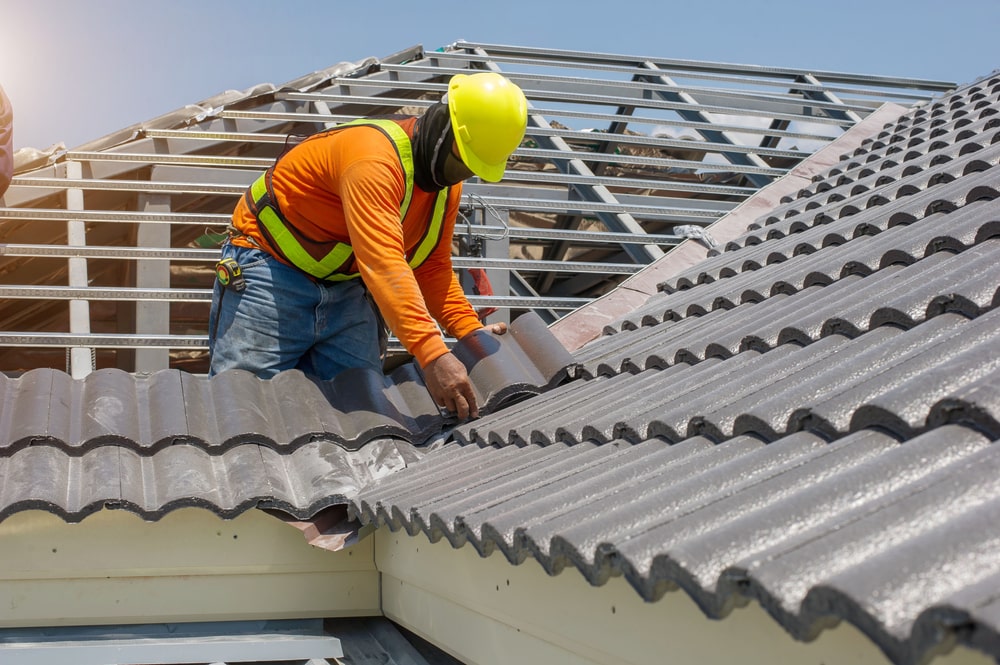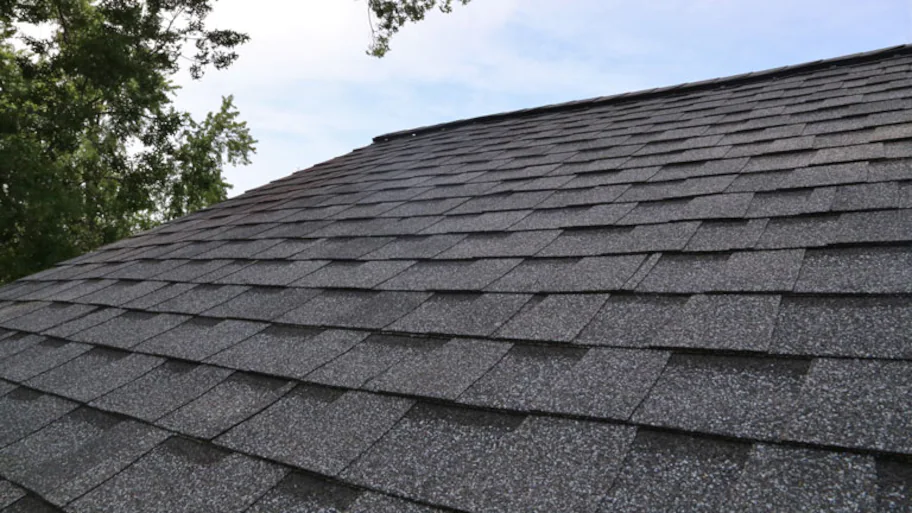The Benefits of Working with Gainesville FL Roofing Companies
Best Practices for Ensuring Proper Roof Air Flow
Ensuring correct roof covering air flow is vital for the longevity and effectiveness of a roof system. A balanced intake and exhaust air vent proportion, typically 1:300, plays a crucial function, with consumption vents preferably positioned at the reduced edge of the roof covering for trendy air access and exhaust vents at the optimal for cozy air exit. Regular evaluations to recognize clogs and maintain clear air movement are extremely important. Keeping insulation away from vents is critical to protect against air movement restriction. Understanding these fundamental elements establishes the stage for even more comprehensive insights into installment and upkeep practices that can considerably boost your roof covering system's performance.
Understand Ventilation Fundamentals
Appropriately recognizing ventilation fundamentals is necessary for making sure the long life and effectiveness of roofing systems. Efficient ventilation alleviates moisture accumulation and temperature extremes in the attic, both of which can bring about considerable architectural damages in time. A well-ventilated roof covering helps in stopping usual issues such as mold and mildew development, timber rot, and ice dams, which can jeopardize the honesty of the roofing products and the underlying structures.
The key objective of ventilation is to help with the motion of air, permitting a consistent exchange between the indoor and outdoor atmospheres. This balance is accomplished via a mix of consumption and exhaust vents that interact to maintain ideal air flow. Intake vents, commonly situated along the soffits or eaves, permit fresh air to enter the attic room, while exhaust vents, commonly situated at or near the roof ridge, allow warm, damp air to leave.
Trick variables affecting the efficiency of roofing air flow include proper placement, adequate sizing, and making certain that both consumption and exhaust vents are unhampered. Normal examination and upkeep are important to determine possible clogs, damage, or inefficiencies in the ventilation system, thereby guarding the roofing system's efficiency and sturdiness.
Sorts Of Roofing System Vents
Roofing vents play an important function in keeping effective attic air flow and, by extension, the overall health of the roof. Various sorts of roof covering vents are offered, each with distinct benefits tailored to particular roof requirements. Ridge vents, for instance, are set up along the roofing's peak, enabling warm, damp air to get away from the attic room. They supply constant air flow and blend effortlessly with the roofline, making them both efficient and cosmetically pleasing.

Soffit vents are installed under the eaves and work in tandem with roof vents to guarantee a balanced consumption and exhaust system. By permitting cooler air to get in from below, soffit vents assist in the expulsion of hot air via top vents. Gable vents, located on the exterior wall surfaces of the attic room, offer an additional efficient option, specifically in homes with saddleback roofs.
Examine Your Current Ventilation

Following, take into consideration the age and problem of your roof products and air flow elements. Older systems may not adhere to present building codes or might have deteriorated gradually, lowering their performance. Conduct an extensive evaluation to identify any type of indications of damage, such as corrosion, damage, or gaps that might jeopardize the system's efficiency.
Additionally, determine the attic room temperature and humidity levels. Heats and moisture can indicate poor ventilation - roofing companies. Make use of a hygrometer and thermometer to acquire exact readings, comparing them with outside problems. Relentless discrepancies suggest possible concerns that require dealing with.
Setup Best Practices
Efficient setup of roof covering ventilation systems is vital for making sure see this site optimal performance and longevity. Correct installment starts with comprehending the details air flow needs of the structure and the roof covering it covers. This includes calculating the appropriate proportion of intake to wear down vents, typically adhering to the 1:300 policy, which specifies one square foot of ventilation for each 300 square feet of attic room flooring area.

The positioning of vents is equally vital. Intake vents must be installed at the roof covering's reduced side, usually in the soffits, to enable cool air to go into. Exhaust vents, on the various other hand, ought to be installed near or at the roofing system's height to facilitate the leave of cozy, wet air. This creates a natural air movement that helps maintain temperature and dampness equilibrium within the attic room space.
Seal all air vent links diligently to avoid air leakages and prospective water infiltration. Usage high-grade materials and adhere to supplier guidelines to make sure longevity and performance. Furthermore, incorporating ridge vents with baffles can substantially enhance air flow efficiency by stopping wind-driven rainfall and snow from getting in the attic room.
Ultimately, accurate installment of roof air flow systems alleviates prospective issues such as mold and mildew growth, ice dams, and architectural damages, ensuring the roofing's stability and the structure's total health and wellness.
Regular Maintenance Tips
Consistency in upkeep methods is fundamental to making sure the long-term efficiency of roofing air flow systems. Throughout these inspections, make certain that vents are complimentary of particles, nests, and other blockages that could restrain airflow.
Utilize a soft brush or a vacuum cleaner to get rid of dirt and debris from intake and exhaust vents. Be cautious not to harm the air vent displays or louvers during the process.
Correct insulation is equally vital. Make certain that attic room insulation does not obstruct the vents, as this can significantly restrict air movement. If any kind of insulation has moved or settled, reposition or replace it to keep an effective barrier.
Last but not least, replace any type of harmed or missing go components without delay. Broken vents, split shingles, or tatty blinking can all add to insufficient ventilation and should be resolved immediately. Routine upkeep makes certain that the roof ventilation system works efficiently, consequently extending the lifespan of the roofing system itself.
Verdict
Making sure correct roof covering ventilation is vital for maintaining the efficiency and resilience of a roof. Adherence to the 1:300 consumption and exhaust vent ratio, coupled with the strategic placement of vents, is essential. Normal semiannual evaluations, debris cleaning, and making certain insulation does not obstruct air movement are critical methods. Applying these best practices will certainly cultivate a well-ventilated roof covering system, thereby alleviating prospective problems related to moisture build-up and excessive warm, ultimately lengthening the roof covering's life-span.
A balanced weblink intake and exhaust vent ratio, generally 1:300, plays a critical role, with consumption vents preferably positioned at the lower side of the roofing for cool air entrance and exhaust vents at the height for warm air leave. Intake vents, commonly located along the soffits or eaves, allow fresh air to enter the attic area, while exhaust vents, commonly located at or near the roof ridge, allow hot, moist air to leave.
Soffit vents are mounted under the eaves and job in tandem with roof vents to guarantee a balanced intake and exhaust system. By permitting cooler air to enter from below, soffit vents facilitate the expulsion of warm air with top vents. Adherence to the 1:300 consumption and exhaust air vent proportion, combined with the strategic positioning of vents, is essential.